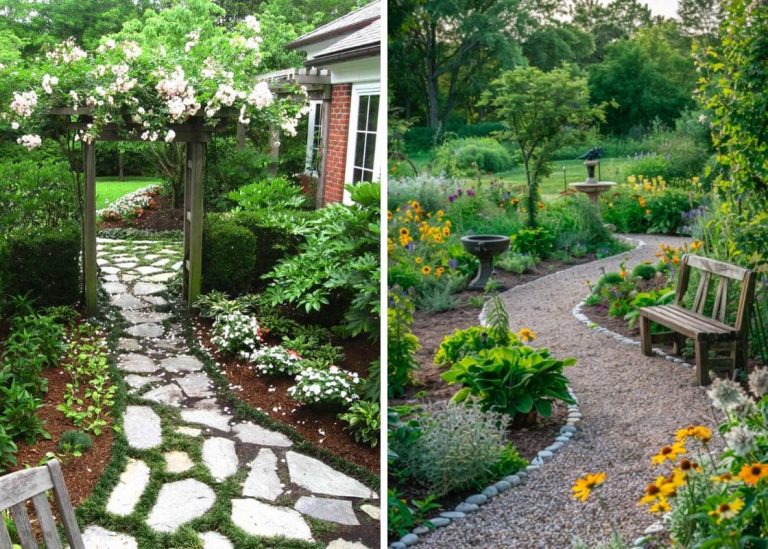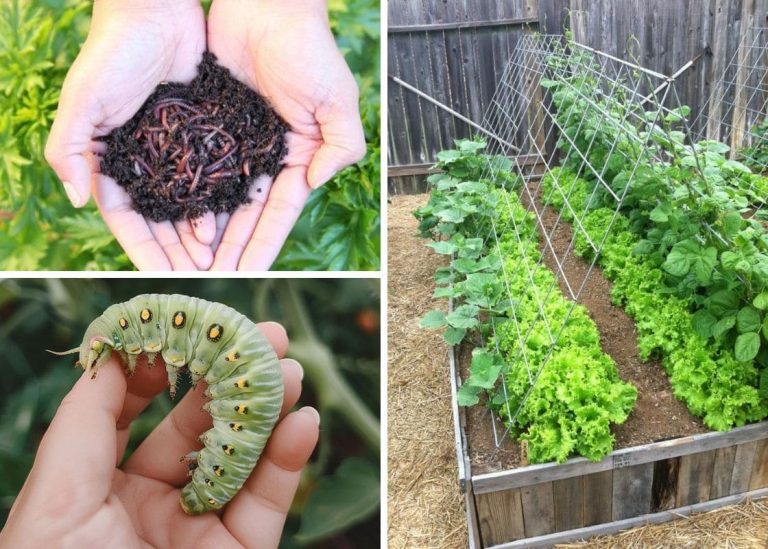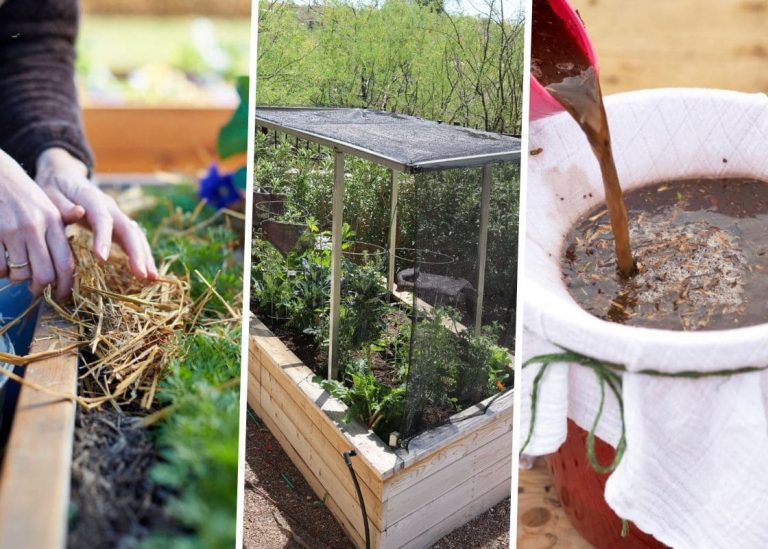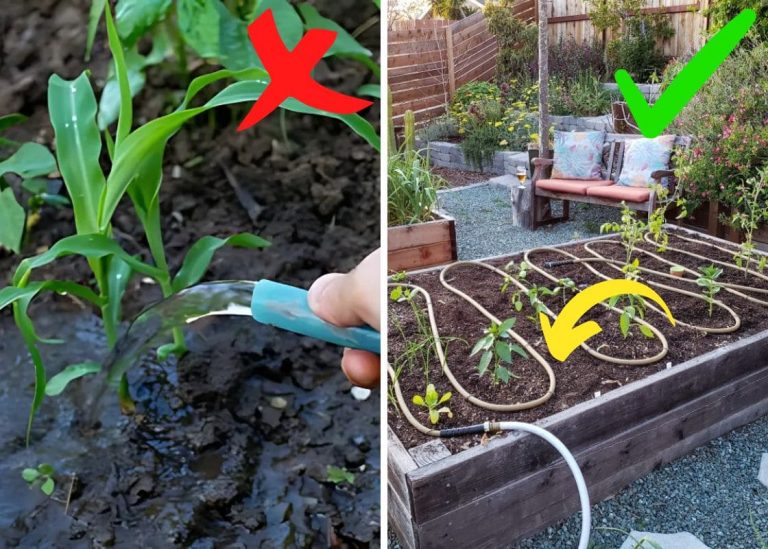How to Train Climbing Plants for a Beautiful Vertical Garden
I still remember the first time I planted a climbing vine. I naively thought it would just figure out how to climb on its own.
I had this vision of lush green tendrils wrapping gracefully around a trellis, flowers spilling over, and a perfect vertical display appearing with little effort. Instead, the vine sprawled along the ground, got tangled in itself, and refused to cooperate.
That was my first lesson in growing a vertical garden, climbing plants need guidance. Once I learned how to train them properly, my garden completely transformed.
Walls, fences, and trellises became living, breathing works of art, with vines cascading down, climbing roses reaching for the sky, and vegetables like beans and cucumbers growing up instead of out.
If you’ve ever wanted to turn a blank wall or an empty fence into a lush green paradise, here’s how to do it.
Choosing the Right Climbing Plant
Not all climbing plants behave the same way. Some are natural climbers, eager to attach themselves to any surface, while others need a little encouragement. Understanding how a plant climbs makes training much easier.
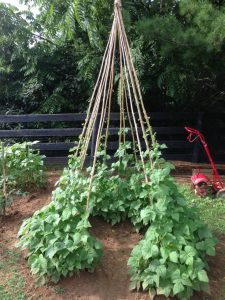
 Don’t Miss Out!
Don’t Miss Out!Hover on images and discover how pinning can transform your collection of favorites!
Some plants, like morning glories and pole beans, climb by twining their stems around a support. They instinctively spiral upward, wrapping around trellises or poles on their own.
Others, like clematis, use tendrils, small curling structures that grab onto whatever they can find. Then there are climbing roses and bougainvillea, which don’t actually climb on their own; they need to be tied or woven onto a support structure.
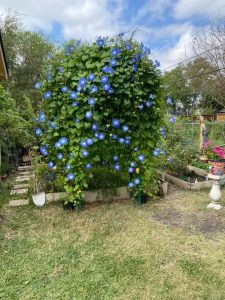
 Don’t Miss Out!
Don’t Miss Out!Hover on images and discover how pinning can transform your collection of favorites!
When choosing a climber, I always consider where it will grow. If I want a fast-growing annual for quick coverage, morning glories or sweet peas are my go-to.
For a long-term, dramatic effect, nothing beats a climbing rose, wisteria, or ivy, which will fill a space beautifully year after year.
Providing the Right Support
One of the biggest mistakes I made early on was not giving my climbers the right kind of structure to grow on. Some plants need a sturdy trellis or an arbor, while others do better with a wire, fence, or even a simple pole.

 Don’t Miss Out!
Don’t Miss Out!Hover on images and discover how pinning can transform your collection of favorites!
For lightweight climbers like peas, beans, and clematis, I use netting, bamboo poles, or thin wire. These plants don’t need heavy support, and they cling easily.
Heavier climbers like roses and wisteria require something much stronger, like a wooden trellis, a metal arch, or a pergola. I’ve learned the hard way that trying to train a heavy plant on a weak support leads to a collapsed mess by the end of the season.
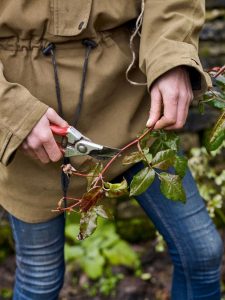
 Don’t Miss Out!
Don’t Miss Out!Hover on images and discover how pinning can transform your collection of favorites!
If I want a lush, green wall, I install vertical wires or trellises against a wall or fence, then train the vines to grow upward. For arches and pergolas, I always place my climbers near the base of the structure and help them find their way up by loosely tying them in place until they establish themselves.
Training Climbing Plants to Grow Up
Once the right structure is in place, the real fun begins—training the plant to climb properly. Some vines are eager to grow upward, while others need a little encouragement.
For twining climbers like pole beans and morning glories, I simply place their tendrils near a support and gently wrap them around. They naturally spiral upward, so they don’t need much help beyond guiding the first few stems.
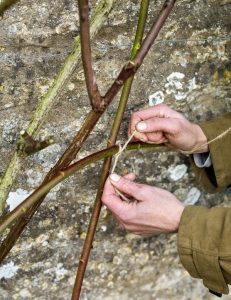
 Don’t Miss Out!
Don’t Miss Out!Hover on images and discover how pinning can transform your collection of favorites!
For plants that need tying, like climbing roses or jasmine, I use soft garden twine to loosely attach them to the trellis or fence. I make sure not to tie too tightly, stems need room to grow without being constricted.
As the plant gets taller, I keep checking in and redirecting wayward branches, making sure they are spaced out for a full, even display rather than becoming tangled in one area.
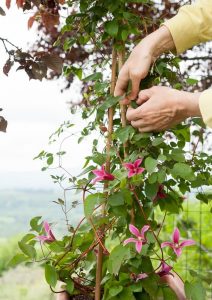
 Don’t Miss Out!
Don’t Miss Out!Hover on images and discover how pinning can transform your collection of favorites!
Some climbers, like clematis, need help finding their grip. If I notice they’re struggling to attach to a trellis, I weave their stems through the structure, guiding them upward. Over time, they start to secure themselves naturally.
Encouraging Healthy Growth
Training climbers isn’t just about directing them upward; it’s also about keeping them healthy and vibrant. I’ve learned that regular pruning is just as important as training.
If I let my climbers grow wild, they can become a tangled mess, with too much weight on the top and a bare, woody base.
Every year, I trim back dead or weak stems, keeping only the strongest growth. For flowering climbers, like roses and wisteria, I prune them after they bloom to encourage new, healthy shoots.
If a vine starts growing in the wrong direction, I simply clip back unwanted growth and redirect the stems.
Watering and feeding climbing plants is another key to success. Since they grow vertically, they sometimes need extra moisture and nutrients, especially in hot weather.
I water deeply at the roots and add organic compost or a slow-release fertilizer to keep them thriving.
Enjoying the Beauty of a Vertical Garden
There’s something magical about watching a climbing plant take shape and fill a space. Whether it’s delicate sweet peas winding around a trellis or a bold, dramatic rose spilling over an arbor, vertical gardening adds depth, texture, and beauty to any space.
If you’ve never tried training a climbing plant before, I encourage you to start small. Pick a fast-growing vine, give it a sturdy support, and take the time to guide it along as it grows.
Over time, you’ll see how rewarding it is to create a living, vertical masterpiece—one that will bring beauty and character to your garden for years to come.

 Don’t Miss Out!
Don’t Miss Out!Hover on images and discover how pinning can transform your collection of favorites!

